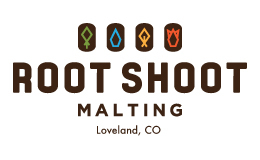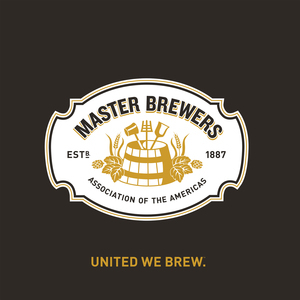Master Brewers Podcast
United We Brew™
About the show
Each week, thousands of brewers download The Master Brewers Podcast to hear interviews with the industry's best & brightest in brewing science, technology, and operations. The show is known for featuring technical deep dives, a bit of brewing history, cutting edge research, hard lessons learned, important industry contributors, and no fluff. If you make beer for a living, this show is for you.
Thank you, sponsors!
 |
 |
 |
 |
 |
 |
 |
 |
Master Brewers Podcast on social media
Episodes
-
Episode 349: Nontraditional Yeast for NA Beer
December 15th, 2025 | 1 hr 19 secs
An analysis of every commercially available non-alcoholic yeast strain.
-
Episode 234: New Year's Resolution
December 8th, 2025 | 34 mins 6 secs
2 real-life brewery horror stories and 3 guys who hope you'll make a new year's resolution to take brewery safety seriously.
-
Episode 348: Sustainable Stabilization
December 1st, 2025 | 44 mins 33 secs
The Lagunitas approach to sustainable stabilization
-
Episode 229: Is Hop Creep Caused by Microorganisms?
November 24th, 2025 | 35 mins 14 secs
Are we one step closer to understanding the origin of Hop Creep?
-
Episode 347: PFAS in Beer
November 17th, 2025 | 57 mins 24 secs
The Linkage between Municipal Water and Brewing Location on PFAS in beer.
-
Episode 233: Deconstructing Le Petit Prince
November 10th, 2025 | 50 mins 58 secs
Franco-Belgian style table beer & how Jester King brews their version
-
Episode 346: N2 Generation at pFriem
November 3rd, 2025 | 1 hr 5 mins
What happens when there’s not enough CO2 available for your brewery?
-
Episode 226: Stainless Steel
October 27th, 2025 | 1 hr 3 mins
Understanding stainless steel alloys, corrosion, vacuum failures, and more.
-
Episode 345: Dialing in FAN at Hendler Family Brewing
October 20th, 2025 | 27 mins 15 secs
What happened when a brewery started measuring FAN and how you can do it too.
-
Episode 222: The Top 10
October 13th, 2025 | 50 mins 14 secs
This week on the show we count down the greatest hits that breweries take when OSHA shows up.
-
Episode 344: Biases in sensory
October 6th, 2025 | 48 mins 7 secs
Learn about the many forms of bias in sensory, and some practical takeaways you can put into practice right away.
-
Episode 225: Cold IPA
September 29th, 2025 | 59 mins 57 secs
What it means, where it came from, and how it's made.
-
Episode 343: Brewing Lager at Heater Allen
September 22nd, 2025 | 49 mins 47 secs
The keys to brewing lager at Heater Allen Brewing.
-
Episode 221: The Best of Both Worlds
September 15th, 2025 | 33 mins 38 secs
How to get away with a mid-fermentation dry-hop AND harvest healthy yeast for repitching.
-
Episode 342: Canning Essentials
September 8th, 2025 | 49 mins 29 secs
Filling, seaming, and hygiene for your canning line.
-
Episode 217: Dry Hopping & Yeast Health
September 1st, 2025 | 30 mins 19 secs
Why dry hopping & yeast health are at odds with each other, what to look out for, and how to make the best of this challenging combination.
